Tuesday, December 11, 2012



December 11 - Ruth and Boaz
The wheat reminds us that just as Ruth was redeemed from her lower estate (husband-less and poor), Christ redeems us from our fallen state and allows us entrance into the Kingdom of God.
Ruth was an ancestor of Christ. Her great-grandson was King David into whose lineage Christ was born.
The Hebrew word go’ el means “kinsman” and literally means “redeemer.” Boaz took Ruth out of poverty, restoring to her former married status and financial security, and gave her children. Boaz was a redeemer to Ruth and Naomi, restoring them to all they had lost. In the same way that Boaz loved and redeemed Ruth, Jesus Christ redeemed us by his atonement because He loves us. He is our “near kinsman” – our elder brother. Through His atonement, we are raised from our fallen state, restored to our proper status with God and are blessed with future security and eternal increase (children).1 Jesus Christ is the family member who redeems us – the destitute.
Ruth and Boaz’s son was named Obed. When Obed was grown, he had a son named Jesse. Jesse's son was David. The great-grandson of Ruth became the King of Israel, King David. Jesus Christ was later born into this same family line.
Since Ruth and Naomi returned to Bethlehem, where Ruth met and married Boaz, the roots of David are in Bethlehem. Joseph and Mary had to go to Bethlehem to register in the census of Augustus because Bethlehem was the residence of their ancestors (Luke 2:1-5). This was a fulfillment of prophecy!
The wheat reminds us that just as Ruth was redeemed from her lower estate, Christ redeems us from our fallen state and allows us entrance into the Kingdom of God.
Closing Song: “O Little Town of Bethlehem” Hymns, 208
1Old Testament Student Manual-1, p. 263
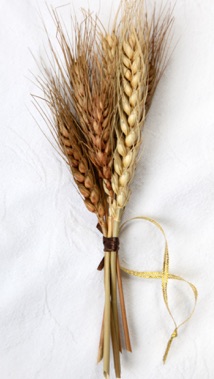
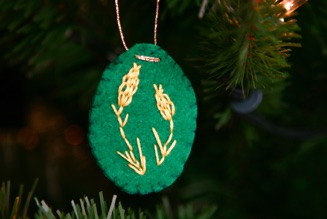
Timeline: c. 1210 B.C.
Opening Song: Christmas Bells, Children’s Songbook 54
Have the children ring bells while singing.
Ornament: Stalks of Wheat
I sewed my original ornament from felt (below), then bought some dried stalks of wheat from Michael’s, trimmed them, and hot glued ribbon and a hanger on them (above). My friend Julie made a colorful version of the wheat (left).
For Older Children: These are some things she was probably thinking about:
1. As a woman, the only place in society was of wife and mother. Her husband was dead, and she had no child. Therefore, to be restored to having status within the community, she must marry and (hopefully) bear children.
2. She was a convert to the gospel, but the only men around whom she could marry were Moabites who were idol worshippers (who sacrificed their children to the idols!). How could she return to a way of life that she no longer believed in?
3. Naomi, whom she loved, needed help as well, being an older woman who was "too old to have a husband" (Ruth 1:12).
4. Ruth was Moabite and not allowed to be part of Israelite society: "[A]...Moabite shall not enter into the congregation of the Lord; even to their tenth generation shall they not enter into the congregation of the Lord for ever:" (Deut 23:3) So by her birth, Ruth was not just a second-class citizen in Israel, but was not allowed at all. The reasons were that not only did the Moabites refuse aid to Israel as they came out of Egypt, they also led the Israelites into idolatry. Ruth, however, did the opposite of both of these: She aided Naomi at the peril of her own life, and she converted completely from idolatry. Boaz and the community all recognized this: "The Lord recompense thy work, and a full reward be given thee of the Lord God of Israel, under whose wings thou art come to trust" (Ruth 2:12).
5. Ruth realized that it was better for her to go with her mother-in-law to take care of her, and to choose to serve her God than to try to return to a way of life (idolatry) that she knew was wrong (Ruth 1:16-17).

Complete Devotionals HERE.
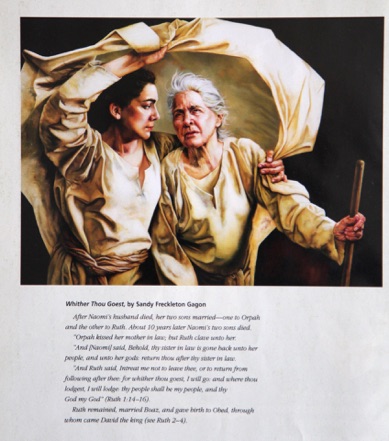
or show GAK 124, read Old Testament Stories or this summary: Ruth was a Moabite who had converted to the gospel (the Israelite faith), though she and her husband still lived in the land of the Moabites. When her husband died and also her father-in-law, she was faced with the decision of staying with her family in Moab or going with her mother-in-law, Naomi, to Bethlehem (Naomi’s home land). *See section for older children (below).
Whither Thou Goest, by Sandy Freckleton Gagon
Ruth could have stayed in her own country with her own family, but she chose to go to Bethlehem with Naomi. “And Ruth said, Intreat me not to leave thee, or to return from following after thee: for whither thou goest, I will go; and where thou lodgest, I will lodge: thy people shall be my people, and thy God my God” Ruth 1:16.
In the days of the Bible, most women couldn't get jobs, so poor women would go to the fields and take the grain that the farmers left behind. Ruth went to the field to gather grain, and there she met Boaz, a kinsman (relative) of Naomi's, who took care of them. Boaz and Ruth married and had a son and Naomi was happy. She knew that God had not forgotten them.
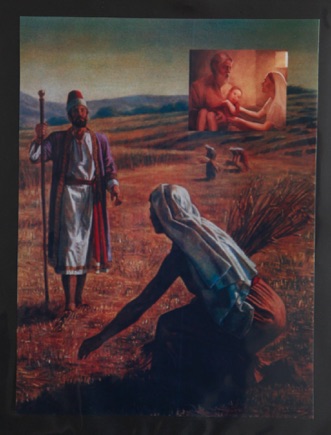
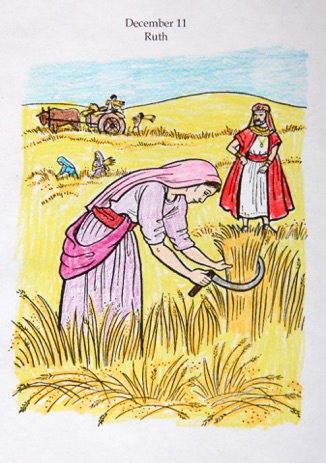
Watch “Ruth and Naomi” (3:04).
